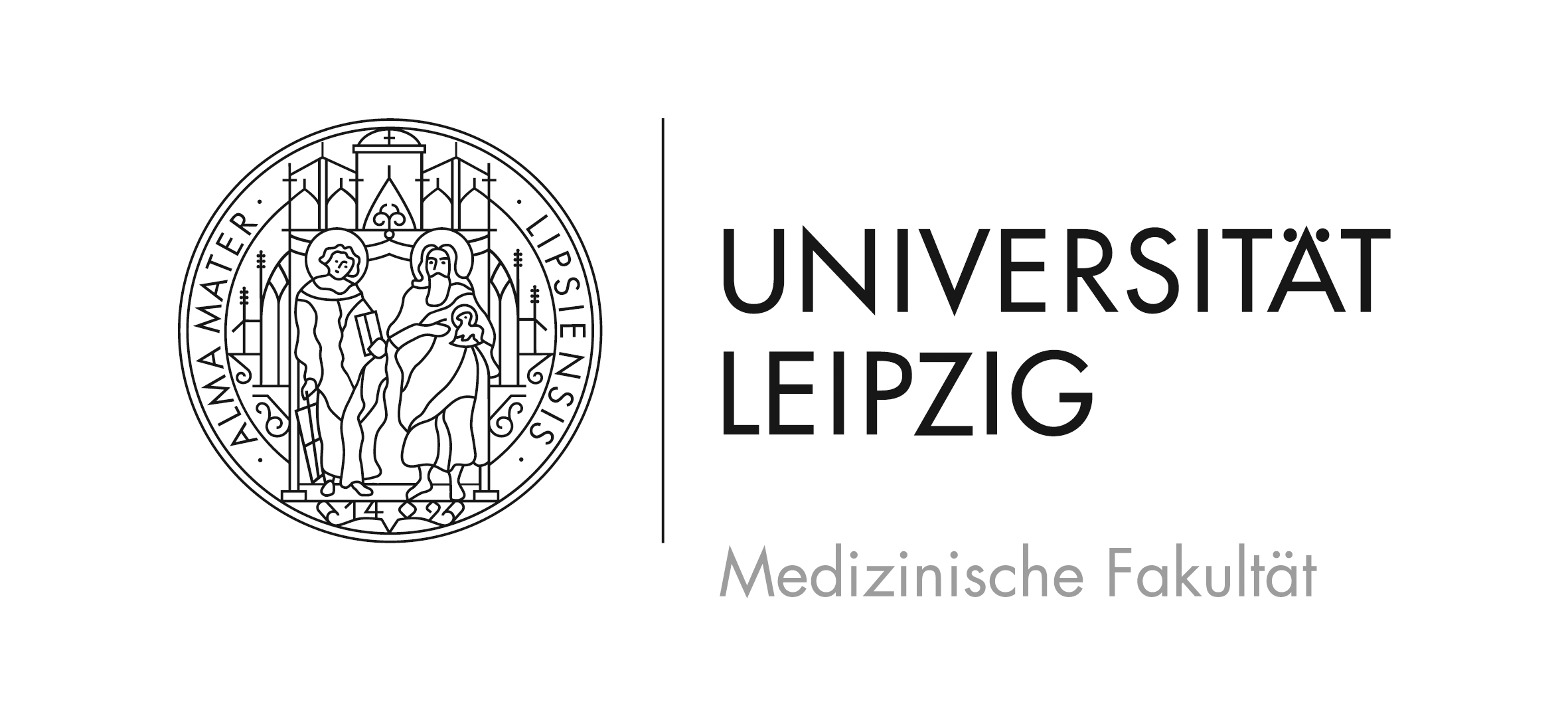Development and adaptation of spatially resolved 2D/3D state-of-the-art techniques for nanoparticle screening and quanitification (NanoBioDetect)
Nanoparticles in tissue: Detection, quantification and visualization of biological effect markers (NanoBioDetect)
Launched in August 2014. Duration 3 years,
prolonged until 31/12/2017
The project NanoBioDetect is supported by the German Federal Ministry of Education and Research (BMBF) on the topic of „Safe handling of synthetic nanoparticles – Studying the effects on humans and the environment – Nano Care“ within the framework program „Materials Innovations for Industry and Society – WING“.
BMF Grant No.: 03X0146
Addressing the fundamental issues for nanomaterial toxicology, risk assessment and regulatory testing requires establishing novel and innovative high-resolution dosimetry methods, which are especially suitable for nanomaterials.
The following label-free techniques for dosimetry and characterization of authentic nanomaterials in-vitro and in-vivo will be applied to address these problems: Ion Beam Microscopy (IBM), Confocal Raman Microspectroscopy (CRM), Time-of-Flight Secondary Ion Mass Spectrometry (TOF-SIMS) and Laser Ablation Inductively Coupled Plasma Mass Spectrometry (LA-ICP-MS). The joint approach provides a unique opportunity for development and adaptation of innovative, quick, low-cost and spatially resolved 2D/3D state-of-the-art procedures for quantitative particle detection in culture cells and organs on the cellular and subcellular level. To optimize the procedure for the quantitative detection of NPs suitable particle standards mimicking the biological environment will be developed and certified by means of which CRM, LA-ICP-MS and ToF-SIMS can be calibrated.
Furthermore the correlation between the actual intracellular dose in identified affected cells and the locally triggered physiological/toxic response is to be investigated.
Project partners:
Prof. Dr. Dr. Hans-Gerd Lipinski, Fachhochschule Dortmund, Biomedical Imaging Group
Prof. Dr. Uwe Karst, Universität Münster, Institute of Inorganic and Analytical Chemistry
Dr. Ewald Niehuis, ION-TOF Technologies GmbH
Dr. Birgit Hagenhoff, Tascon GmbH






